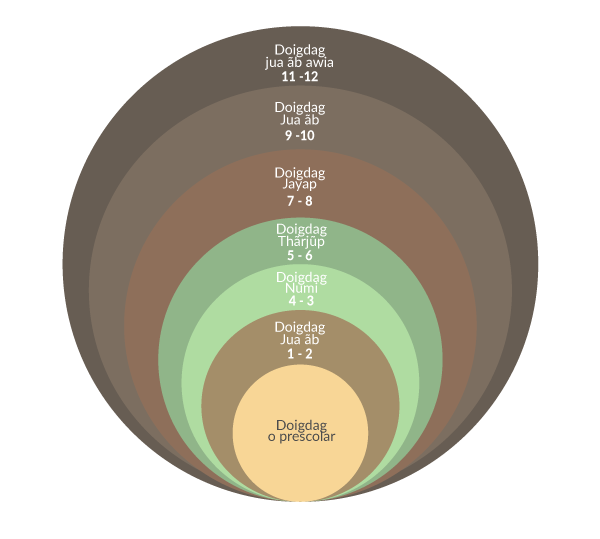How does antivirus security software software identify potential infections?
Antivirus courses are designed to protect personal computers from viruses that can take information, screen computer actions, or destruction systems. Most antivirus software works by scanning service incoming documents and courses for indications of malware, flagging them, quarantining them, testing them, and then eliminating them through your system.
Infections can be produced by harmful individuals or by cyber criminals who want to gain access to sensitive data, such as account details and financial webroot reviews com info. They can also be triggered by clicking on a malicious web page, opening an infected email add-on, or viewing a malevolent ad.
How exactly does antivirus computer software detect viruses?
Traditionally, malware programs have applied signature-based recognition to compare documents that come into the system to a database of known trojan signatures. This is a good way to prevent fresh viruses from sneaking into your system, but it could also generate fake positive matches that make anti-virus software resemble it has discovered an infection precisely as it actually would not.
Heuristic-based recognition is another way to name viruses. By using a method of comparing the signatures of noted viruses to patterns that appear in a file’s code. This could detect fresh and existing viruses that have been modified or hidden.
Behavior monitoring is another way in order to avoid viruses via getting into any system. This involves examining files, critical parts of the registry, as well as the random access memory for patterns that might reveal spyware activity.
While hackers become more sophisticated within their attacks, ant-virus software sellers have developed ways to detect new types of viruses. These techniques consist of machine learning and man-made cleverness. In addition to catching fresh viruses, these techniques also can identify hackers’ tactics to evade recognition.





